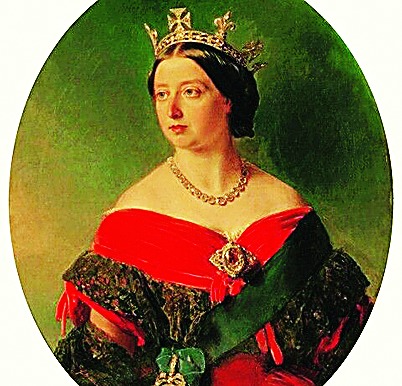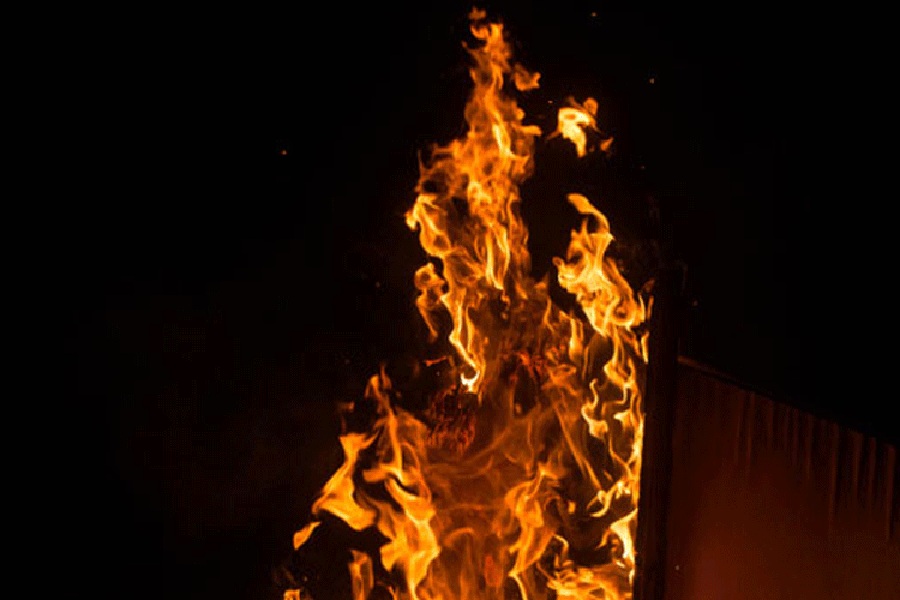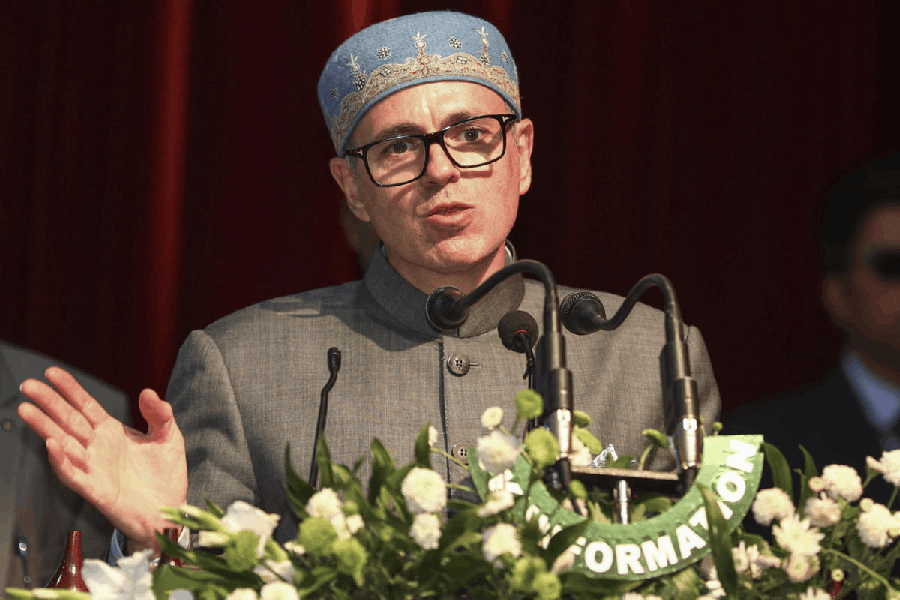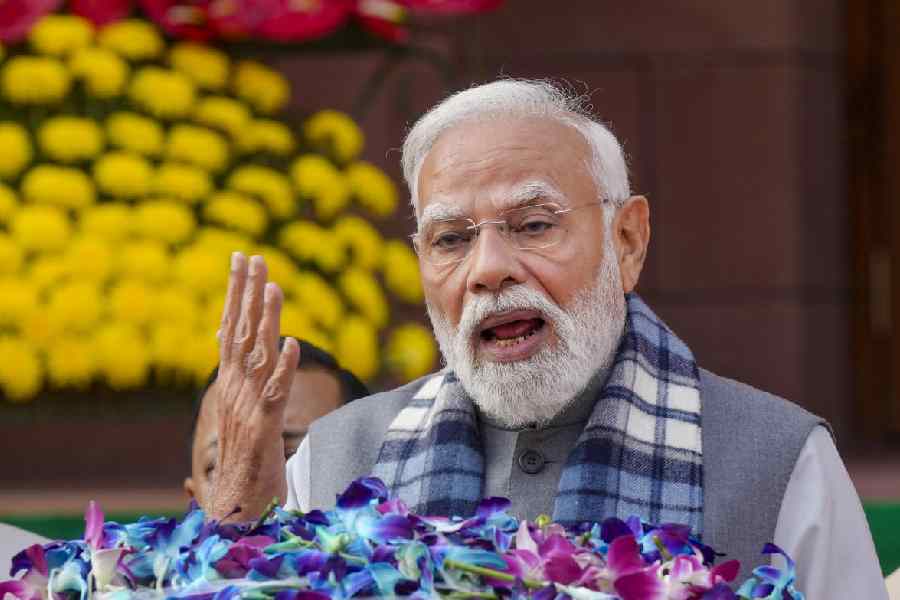
The problem with the Koh-i-noor diamond is that whilst almost everyone has heard about it at some point in their lives, only a few really know about how it got to where it now is. Presently, it's become symbolic of complaint and clamour; public complaint, both forefront and fringe, has been long and bitter about the manner in which the jewel was spirited away from our shores, and India, Pakistan, Afghanistan, even the Taliban have clamoured for its return; indeed, tangential arguments have been put forward as to which country should lay claim to it. Informed opinion, including that of men like Shashi Tharoor, Ranjit Kumar and others, has pointed to the unlikelihood of it being prized out from the Queen of England's crown and returned whence it came from. Since the matter seems to have been done and dusted as far as Britain is concerned, William Dalrymple and Anita Anand's book doesn't attempt to get judgmental; it chooses bare fact over opinion. As a consequence, their book reads like what the screenplay of an Indiana Jones film would likely be. I will add that there isn't any problem with it being so; as a matter of fact, those who grew up in our times will remember the Classic Comics we eagerly devoured every month; it was all very graphically presented high octane adventure. Moreover, it saved our young minds from grappling with subtleties and postulates. One such edition that comes to mind is the illustrated story of Wilkie Collins's The Moonstone. Here was a story of a diamond with a tortuous history, wrapped in crime. The moonstone had been set in the forehead of the god, Chandra, at Somnath, stolen from there, gifted away, stolen again and after much adventure, finally restored to the idol. It was written in 1868, round about the time when things were happening with the Koh-i-noor and it's interesting to speculate on whether this British author was thinking about the Koh-i-noor then. Interestingly, Collins subtitled his book, "A Romance", and the Koh-i-noor story is indeed that.
The birth and early years of the Koh-i-noor are unclear and often debated, but of the many legends that surround it, the most enduring one nestles in the Bhagavad Purana, which tells of how the syamantaka jewel, believed to be the precursor of the Koh-i-noor, was acquired by Satrajit, the Yavada king of Dwarka, from Suryadev and later Lord Krishna identified it for what it was. Dalrymple tells this story, along with quite a few later ones, with obvious relish. He finds the first references to the diamond in Babur's monumental diaries, the Baburnama, which mentioned its value as being equivalent to two-and-a-half days food for the whole world. Neither the Moghuls nor the Durranis, whilst realizing its worth and influence, ever made overly conspicuous displays of the jewel; it was Maharaja Ranjit Singh who paraded his love for the Koh-i-noor at every twist and turn of his life, indeed even as he lay dying, and his powerful satraps squabbled over its fate after their king had passed away.
Kohinoor is the work of skillful writers. Dalrymple, as we know, is adroit at matters Moghul and Anand has worked successfully at the BBC for 20 years and written an acclaimed biography of Maharaja Duleep Singh's daughter. The latter part of Kohinoor is about Duleep Singh as he is taken away to grow up in the care of the raj-appointed caretakers, the Logins, in distant UP and, later, follows the Koh-i-noor to England and inexorably self-destructs there. The narrative has the markings of a Beeb documentary; it is matter of fact yet gripping. The other thought that must have crossed our authors' minds was that, after all, the central character in their book being a smallish piece of reconstituted carbon, not anywhere near as glorious as others of its ilk and actually ranked ninetieth in size, the book would need to possess bite. It's therefore possible that from this grew the idea of subtexting and embellishments, a job which the pair have handled skillfully and throughout Kohinoor, the narrative frequently reaches beyond the stone and draws the men and women of the story away from it to other spaces. I found myself liking these little sorties that enhance rather than hinder the flow, adding the compulsions of history to what would otherwise be a mere linear recounting. The book dwells upon a sombre, grey imperial monarch, inconsolable on the death of her consort, the beloved Albert; Sir Robert Peel, her former PM, and Maharaja Duleep Singh standing by her as she shed her royal accruements to don her widow's peak; Duleep Singh's slow descent into his private hell; his mother's pain and Governor General Dalhousie's fraudulent pleasure, the circumstances surrounding the infamous Treaty of Lahore of 1849 and, as Dalrymple hits his straps, the capricious Nadir Shah's rape of Delhi, replicated some years later by the gangrene-racked Ahmed Shah Abdali and his less popularly known but far more expansive Durrani regime and, of course, the decline and fall of Muhammad Shah Rangeela's Moghul and Maharaja Ranjit Singh's Punjab dynasties.
Our authors' research, backed by 26 pages of Notes and a Bibliography, may seem somewhat of an overkill to many, but it does pay off especially when they tackle the technical aspects of the diamond; such as their scrupulous recounting of the frenzied efforts of the royal consort, Prince Albert, to create the perfect sparkle within the stone by calling on the two best diamond cutters in the world to work and rework on it at an enormous cost to the exchequer, and his fastidious instructions on how the display lights should best reflect on it are almost comical in their ferocity.
I can imagine Dalrymple telling his collaborator right at the beginning, it's all about sparkle, is it not?










